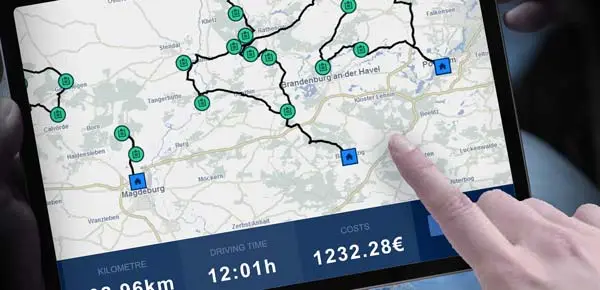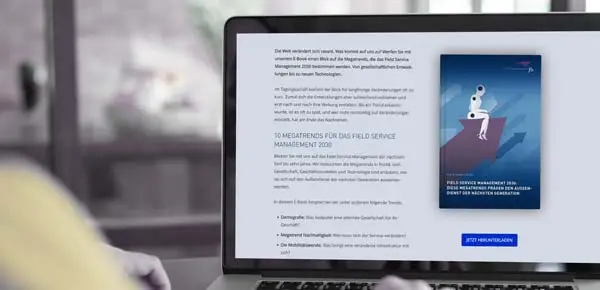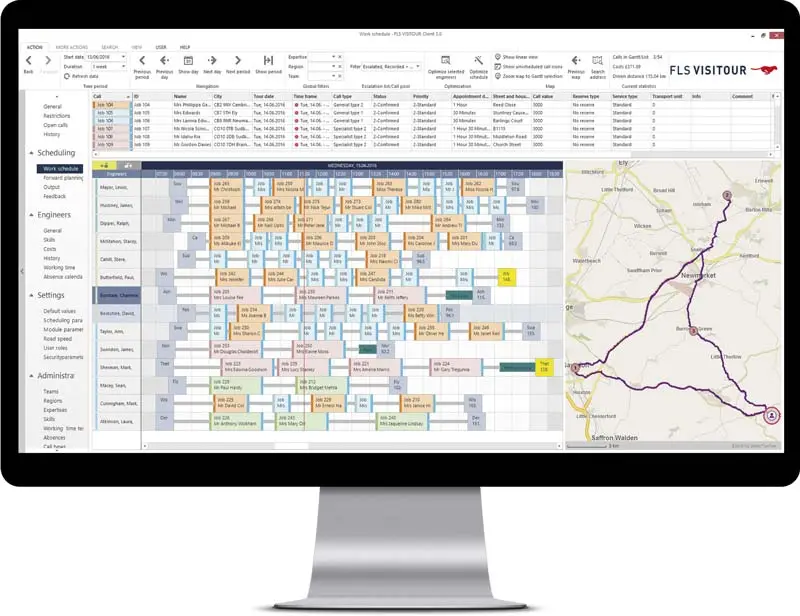
BLOG / SOLUTIONS · WORKFORCE MANAGEMENT SOFTWARE
IMPROVE TENANT SATISFACTION MEASURES WITH FIELD WORKFORCE MANAGEMENT SOFTWARE
6 April 2022 · James Alex Waldron
Launched in 2023, Tenant Satisfaction Measures are another important piece of consumer regulation. In the original proposal, the Housing Ombudsman undertook a benchmarking review with particular focus on complaint handling procedures for existing tenants. Whilst a unified standard is good news for all stakeholders, digital workflows and dynamic software are key to managing the 5 million-plus UK homes in the social housing sector.
The first Housing Ombudsman Service Annual Complaints Review identified six key issues. Whether you are a social landlord, or a maintenance/repairs provider to the sector, here we look at the three Operational topics and how the application of field workforce management software can improve service level to prevent complaints.
SOCIAL HOUSING AND FIELD SERVICE EXPECTATIONS
As a provider of maintenance/repairs services, 'poor communication and a lack of follow up' is the number one factor negatively impacting satisfaction scores. Workforce management software tracks your field KPIs, and centralises the control and the monitoring of field operations and their communications. This is already assisting providers to meet or exceed expectations.There are two central themes to achieve this. The first is a guarantee that all field operatives are working with a recognised criteria (tasks, tools, results) and that these results are of an acceptable quality. The software should assist schedulers and dispatchers to manage their operational processes and respond dynamically to field requirements. Integrated call centres, self-service ticket raising, and emergency response are standard ‘always-on’ channels for tenants to engage with your workforce management system.
The other is to safeguard physical locations from slow responses by removing patches/hard borders when scheduling. Modern software consults geocodes (not just street addresses) to include time-of-day driving data for trillions of journeys. With a minimal amount of human administration, the system will always reflect what is physically possible, whilst balancing field operative skills and workloads fairly. Scheduling and route planning with an overlapping radius produces less travel, and tenants are prevented from feeling that they are in a service desert.
Once visited, the connected software may send an exit survey to the tenant and transparent field scheduling answers with the opportunity to book a follow-up appointment in real time. An example: the same field operative is booked for a shorter visit, two weeks later. That binding appointment is placed into the schedule, and new, route- and cost-optimised appointments may be scheduled around it. The appointments are linked, meaning that should the repaired asset fail in the meantime, the already-booked appointment is considered in the schedules and the tenant is notified with efficient options. On the day, they can check the progress of their ticket. All results from the exchange are written back into the CRM for audit.
Engaging the developer of field workforce management software means learning from their experiences to ensure tenant repairs workflows are future-ready. Sector knowledge, whether it’s specific to Housing, or the dozens of appointment types required (such as regulated utilities or voids) is critical. Whilst the new measure will work across the sector, each organisation (and each occupier population) is unique.
Read more: How to reduce Outsourcing risks
WORKFORCE MANAGEMENT SOFTWARE
CAN END HOUSING MAINTENANCE BACKLOGS
Easily take control of both sides of the appointment equation – the request and the dispatch.
PREVENTING 'NO-ACCESS' FIELD SERVICE APPOINTMENTS
Scheduling optimised field appointments means making a calculation against cost parameters, the SLA, and countless background data points. Even with a visit planned for the best outcome, some operators are damaging their social tenant satisfaction scores with 'missed or unproductive appointments'. Whilst initially 'no'access' seems to lay with the tenant not opening the door (neither the fault of the dispatch process or the field operative) the report emphasises two fundamental factors that contribute to this metric. These are in fact, a 'no show' from the field operative, and/or 'incorrect skills or equipment' to provide a first-time fix.Read more: Strengthen Field Service Optimisation with an ecosystem model
FOCUS: MOBILE WORKFORCE MANAGEMENT ACROSS SOCIAL HOUSING
Dynamic scheduling software works to control and optimise field service operations. Real-time route planning systems help technical service teams, surveyors, and compliance experts to optimally plan and coordinate appointments and resources.Discover more solutions in the Housing sector:
DIGITAL FIELD SERVICE REPAIR LOGS
Surveys across tenants, the field workforce, and head office highlighted 'inadequate records'—particularly incomplete, or missing repairs logs. This inefficiency directly links with the tools made available to field service operatives.Mobile workforce management software digitises the workflow between social housing assets—such as domestic heating or an estate’s fire safety systems—and the appointments technicians are allocated to service these. Asset management using a connected ERP provides a single source of truth to include the manufacturer’s lifecycle and the recommended maintenance intervals. With this information, head offices can proactively schedule regular inspections and longer-term planned maintenance/replacement programmes.
When an asset fails, such a secure entry system, a reactive visit required. Scheduling this field appointment in real time with FLS VISITOUR gives dispatchers an instant picture of technician availability and route planning for the best outcome. A mobile app, such as FLS MOBILE provides a live link to the mobile workforce and gives head office the tools to reschedule in-shift (no batch or overnight processing). An asset’s repair logs may be delivered to the workforce as paperless, searchable data. Further tools such as photography of completed work and digital signatures are written back into the CRM/ERP or HMS. Head office may then use the appointment data to satisfy record keeping requirements and to identify patterns to detect and prevent future failures. Appointment details can be shared with building managers and individual occupants to reinforce trust, and create a cycle of continuous improvement.
Read more: Reactive maintenance with Field Service Management Software
GAIN CONTROL OF TENANT SATISFACTION MEASURES
WITH HIGH QUALITY FIELD SERVICE
To discuss the features of workforce management software to assist field scheduling and appointments, book a short demo or contact us at info@fastleansmart.com.
Read more:
3 things to know about Geocoding and Mobile Workforce Management
FLS: The ClickSoftware alternative for Field Service Management
Modern Workforce Management Software means resource optimisation

JAMES ALEX WALDRON
UK Marketing Manager
+44(0) 1183 800189
Send email
James Alex Waldron has worked in written communications for over 15 years. Since 2021, he has written for FLS and the Solvares Group on the topics of digital field service transformation and mobile workforce management, and regularly provides insight to the industry press.





